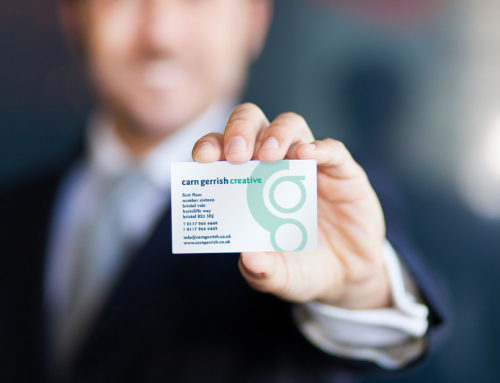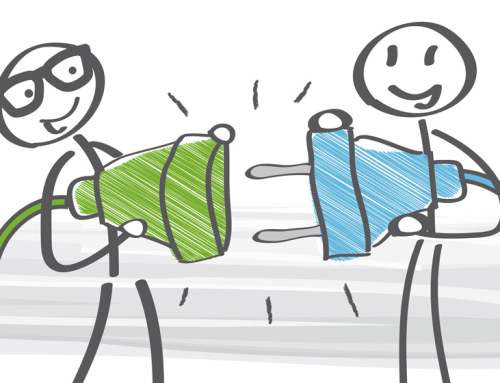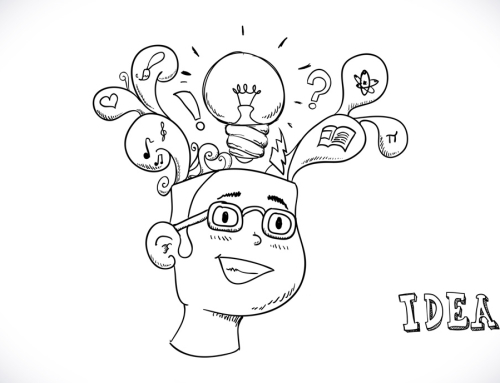Highly saturated markets, low-cost technology and globalisation are all playing a role in the design and marketing businesses. These trends are making products and services look more and more similar to one another. To gain the upper hand, designers are working harder than ever to reach consumers on an emotional level.
Changing Roles
Over the last 20 to 30 years, the economy’s foundation has changed from production and needs to consumption and wants. Consumers are putting less value in functional characteristics and more emphasis on how a product or service makes them feel. In the past, investors measured a company’s value based strictly on its real estate, inventories and cash, but now realise that a powerful brand may be more valuable than all of those tangible assets.
Designers must utilise their skills and various tools to highlight the company’s brand and the emotional response that partners with that brand. Web designers are no longer dealing with visitors who make decisions based on simple logic. It is essential that they focus almost entirely on the emotional response of visitors.
Getting Emotional with design
With the enormous amount of information now available online, consumers have the ability to do thorough research and purchasing online. Emotional design is the most powerful way to pull these customers away from the competition. It has the power to form an intangible connection between the consumer and a company. Although many people refuse to believe that they can be emotionally influenced by a design, the truth is that consumers make decisions on an emotional basis and then logically rationalise them later.
In a marketplace filled with intimidating noise and never-ending options, consumers rely on their emotions to make quick decisions between right and wrong, good and bad. Brands that focus on this emotional response can engage customers on a personal level and influence powerful feelings including love, loyalty and attachment.
Creating an Emotional Response
One of the most powerful and historically proven tactics for creating an emotional response is storytelling. This exceptionally effective method gets messages to stick in a way that leads to commitment, caring and action. On the web, stories that contain personal emotional feelings such as sweetness, humour, shock and inspiration are the most popular. Brands can use these videos and stories as an example, but must make sure that they’re stories are perceived as authentic. Otherwise, they risk losing credibility and loyalty.
http://www.youtube.com/watch?v=eUQ9rnQHo20
Coca-Cola’s latest Super Bowl commercial is a good example of this idea. Surveillance cameras usually show crimes in action, but Coca-Cola uses clips of happy emotional actions captured by surveillance cameras to evoke a positive consumer response. Designers should take a page from moviemakers when it comes to portraying emotions. They should focus on hitting emotional triggers such as the desire for control, family values, self-achievement, power, sex, influence, nurture and fulfilment.
While emotional buyers become more and more prominent, designers should learn to understand as much as possible about their potential viewers. They need to know the motivations behind the viewers’ behaviour. So the next time you need someone to review your design, don’t ask them what they think. Ask them about how it makes them feel!






Leave A Comment
You must be logged in to post a comment.